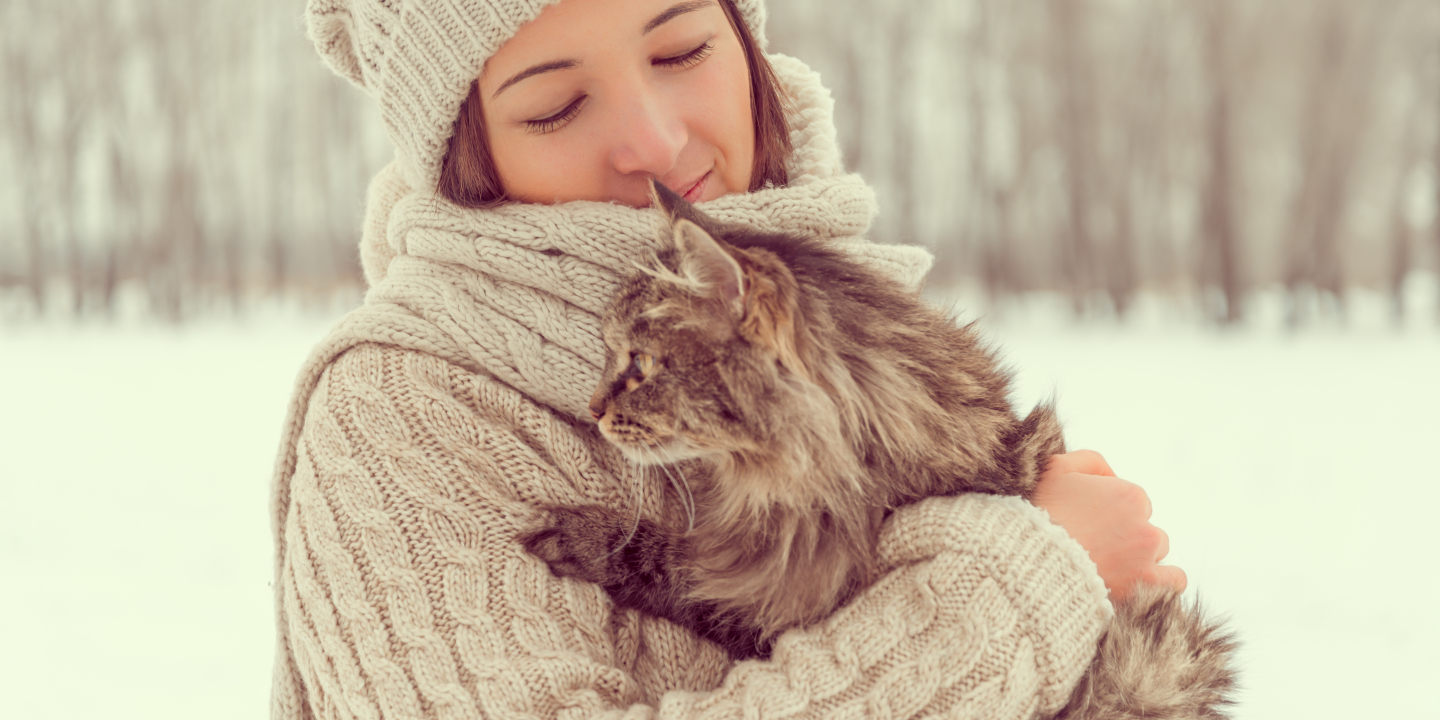Dyspnea (Difficulty Breathing)
Dyspnea (pronounced disp-nee-a) is not, in itself a disease. Rather, the term—derived from the Greek words dys (difficulty) and pnoia (breathing)—is commonly used to describe an important clinical sign accompanying many, perhaps hundreds, of feline health disorders. In itself, the term simply denotes that a cat is having significant problems inhaling and exhaling, notes Daniel Fletcher, DVM, an assistant professor of emergency and critical care at Cornell University’s College of Veterinary Medicine. An alternative and probably more useful term for this “patient perception,” he says, is “respiratory distress.” However, he adds, “it is okay to use either term.”
In addition to obvious difficulty in breathing in and out, cats exhibiting dyspnea frequently show a variety of associated clinical signs. Their rate of breathing may be noticeably rapid, for example. They may pant noisily with an open mouth and may cough frequently. They may lower their heads, extend their bodies forward, and appear to be gagging and about to vomit.
Dyspnea may be acute, developing over a matter of hours, or chronic, growing in severity gradually over weeks or months. Potential sources of the troubled breathing range widely; they include, for example, foreign bodies in the nasal passages, congestive heart failure, lung tumors or other serious pulmonary disorders, excessive stomach fluid, chest injuries, viral diseases, and foreign objects that have become lodged in the windpipe. “The three most common causes of respiratory distress,” says Dr. Fletcher, “are asthma and its acute exacerbation; heart failure, which causes fluid to build up in the lungs; and pleural effusion, a collection of fluid in the space surrounding the lungs that makes it difficult for a cat to expand its chest.”
Risk factors for dyspnea will vary according to the risk factors associated with the condition that is causing the respiratory distress. Labored breathing stemming from heart failure, for example, will tend to affect older cats, since they are at elevated risk for that condition. Asthma-induced dyspnea, on the other hand, can affect cats of all ages, but it may occur with increased frequency in warm weather, “when flowers are blooming,” notes Dr. Fletcher, “and there’s lots of pollen in the air.” Obesity, he points out, is not in itself a predisposing factor, although troubled breathing may intensify more rapidly in overweight cats.
“Because dyspnea is a clinical sign and not a diagnosis,” Dr. Fletcher points out, “its progression will depend on the specific disease process that is causing the problem. But any cat that is showing signs of breathing difficulty—whatever the cause—is at high risk of dying if the respiratory problem is not treated promptly.” And treatment, he points out, will depend on diagnosis of the underlying cause. “If it’s asthma,” he says, “we would typically treat the cat with medications that cause the airways to dilate. If it’s pleural effusion, we’ll usually use a needle to drain the fluid around the lungs that is causing the troubled breathing.”
To cat owners, Dr. Fletcher recommends the following: “Any time there’s a question about an animal’s ability to breathe comfortably, get it to a veterinarian right away.” He discourages owners from attempting to resolve the difficulty at home. “There are too many things that can cause respiratory distress,” he says. “Only a veterinarian is equipped to do a proper examination and to run the basic tests that will determine the source of the dyspnea and the proper treatment for it.”




